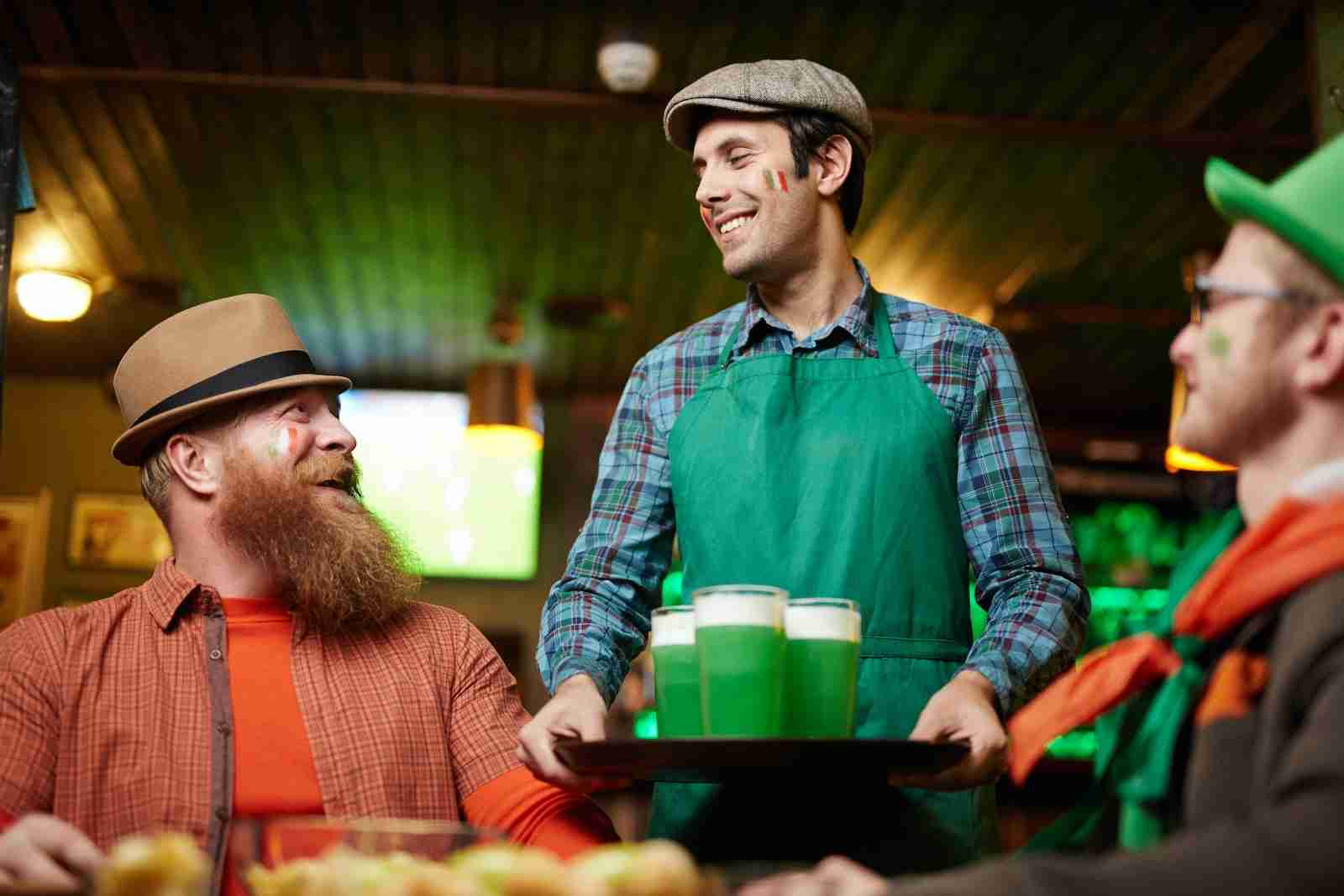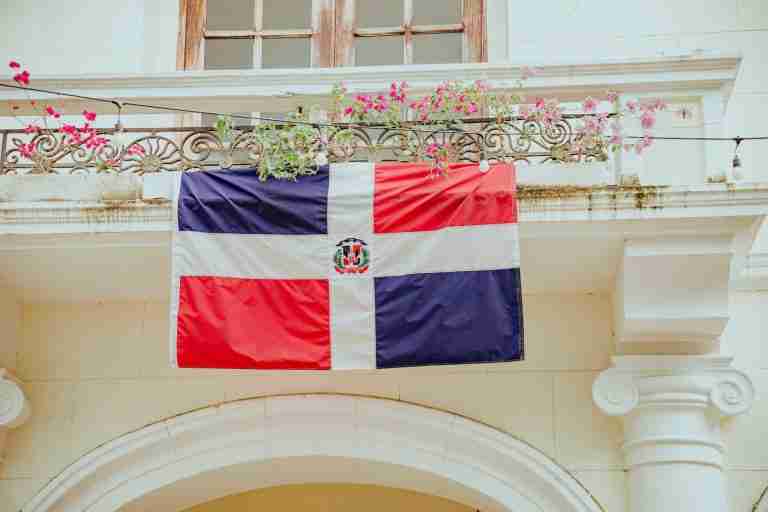23 Fun Facts About St Patrick’s Day (2023)
1. St. Patrick’s Day is a cultural and religious holiday that celebrates the patron saint of Ireland, St. Patrick.
St. Patrick’s Day is a holiday that celebrates Ireland’s patron saint, St. Patrick. Held annually on March 17th, it’s a day for remembering St. Patrick’s role in spreading Christianity in Ireland and his use of the shamrock to explain the Holy Trinity.
People around the world celebrate with parades, green clothing, traditional foods and drinks, and Irish cultural activities.
2. It is observed on March 17th, the day of St. Patrick’s death in the year 461 AD.
St. Patrick’s Day honors the patron saint of Ireland and is observed on March 17th, marking the day of his death in 461 AD.
This day is celebrated globally with parades, green clothing, traditional Irish food and drinks, and cultural activities. St. Patrick is remembered for spreading Christianity in Ireland and using the shamrock to explain the Holy Trinity.
3. The first St. Patrick’s Day parade was held in Boston in 1737.
The first St. Patrick’s Day parade took place in Boston in 1737, organized by Irish immigrants. It was a way for Irish Americans to showcase their pride in their heritage and celebrate St. Patrick, the patron saint of Ireland.
Today, St. Patrick’s Day parades are held in cities around the world and are a celebration of Irish culture, heritage, and community.
4. When is st patrick’s day?
St. Patrick’s Day is celebrated annually on March 17th.
5. The shamrock, a three-leaf clover, is a symbol of Ireland and St. Patrick’s Day.
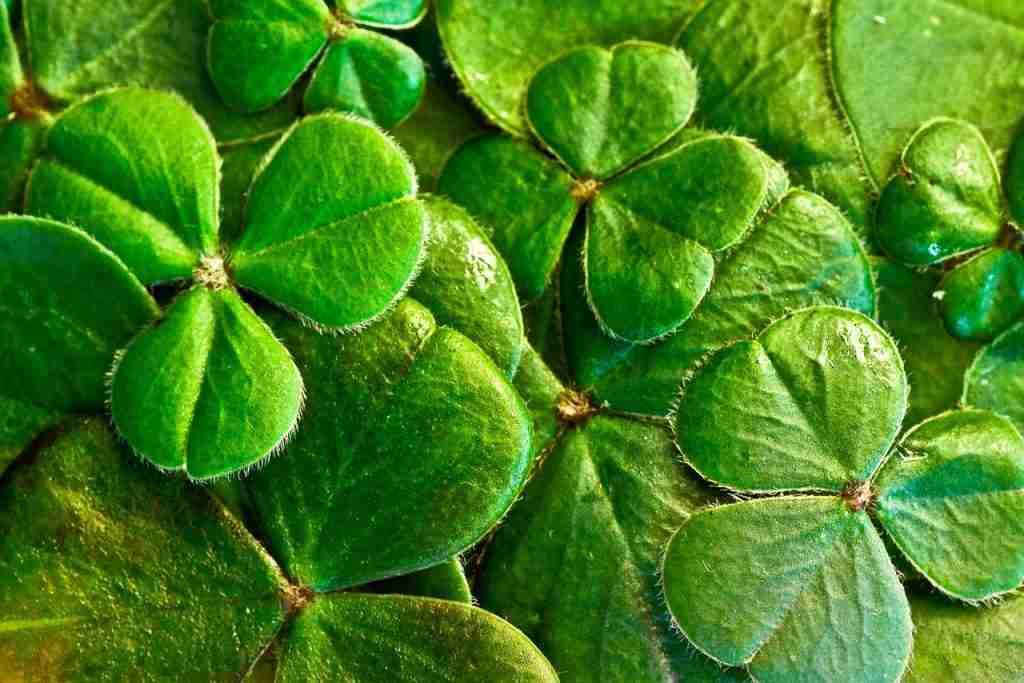
The shamrock, a three-leaf clover, is a symbol of Ireland and St. Patrick’s Day. St. Patrick used it to explain the Holy Trinity to pagans.
Over time, the shamrock became a symbol of St. Patrick’s Day and of Irish heritage. Today, the shamrock is widely recognized as a symbol of Ireland and is popular on flags, decorations, and souvenirs.
6. According to legend, St. Patrick used a shamrock to explain the Holy Trinity to Irish pagans.
St. Patrick used the shamrock to explain the Holy Trinity to Irish pagans. Three leaves represented the Father, Son, and Holy Spirit. The shamrock became associated with Ireland and St. Patrick’s Day.
It is now a popular symbol of Irish heritage and culture.
9. Leprechauns, tiny Irish fairies, are a popular symbol of St. Patrick’s Day.
Leprechauns are tiny Irish fairies and a popular symbol of St. Patrick’s Day. They are known for mending shoes and hoarding pots of gold.
On St. Patrick’s Day, leprechauns are depicted in green and found on decorations, clothing, and merchandise. They bring a touch of magic and whimsy to the holiday.
10. Why do we wear green on St. Patrick’s Day?
Wearing green is a way to honor Irish heritage and the patron saint, St. Patrick. The tradition dates back to the 17th century, and green symbolizes good luck and the shamrock, a symbol of the Holy Trinity.
11. The first St. Patrick’s Day parade in Ireland was held in Dublin in 1931.
Ireland’s first St. Patrick’s Day parade was held in Dublin in 1931. It was a major event to showcase Irish culture. Today, St. Patrick’s Day parades are held worldwide and are an important part of the holiday tradition.
Thousands of people participate in parades each year, celebrating Ireland’s heritage and the legacy of St. Patrick.
12. Chicago dyes its river green for St. Patrick’s Day, a tradition that began in 1962.
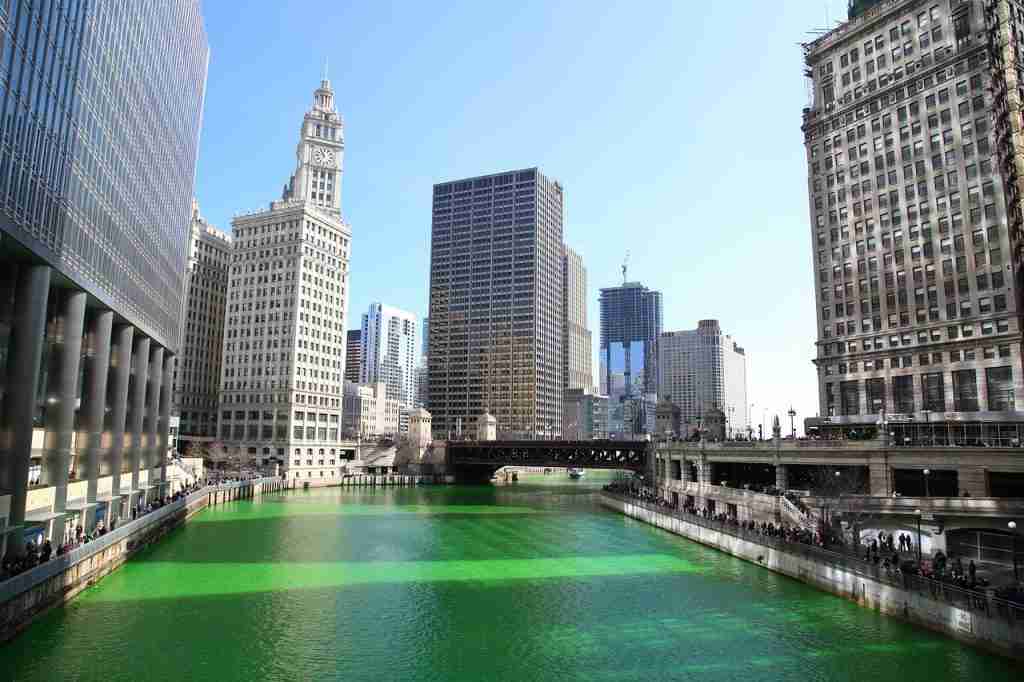
Chicago dyes its river green for St. Patrick’s Day, a tradition that started in 1962. The green color symbolizes Ireland, and crowds gather to witness the spectacle and celebrate their Irish heritage.
This tradition continues to thrive and is a highlight of the city’s festivities on this holiday.
13. Corned beef and cabbage are popular St. Patrick’s Day meals in America, but in Ireland, bacon and cabbage are more common.
Corned beef and cabbage are popular St. Patrick’s Day meals in America, while in Ireland, bacon and cabbage are more common.
The dish of bacon and cabbage is a staple of Irish cuisine and is traditional for the holiday. The popularity of corned beef and cabbage in America stems from Irish immigrant influence.
Both meals are enjoyed worldwide as a way to celebrate the holiday and honor Irish heritage.
14. In some parts of the world, St. Patrick’s Day is celebrated by drinking green beer.
One popular tradition associated with St. Patrick’s Day is the consumption of green-colored beer, which is said to symbolize the lush green fields of Ireland.
People come together to celebrate, raising a glass of green beer in honor of Ireland’s rich cultural heritage and history. Drinking green beer is just one of the many ways in which people around the world choose to mark this special day.
15. What is St. Patrick’s secret?
The secret of St. Patrick is one of the most enduring mysteries surrounding Ireland’s patron saint and his legacy.
Although there are many legends and myths associated with him, the secret of St. Patrick remains unknown to this day. It is believed that he possessed special powers, including the ability to drive out snakes from Ireland and use shamrock plants.
16. The famous “Wearing of the Green” song dates back to the late 1700s.
“Wearing of the Green” is a traditional Irish ballad dating back to the late 1700s. The song’s lyrics tell the story of Irish struggles and are a symbol of Irish pride.
It is still performed today at St. Patrick’s Day celebrations and other cultural events, preserving Ireland’s heritage for future generations.
17. Some people believe that St. Patrick was not actually Irish, but was born in Britain.
Some believe St. Patrick, the patron saint of Ireland, was not Irish but born in Britain. Evidence suggests he was born in a Roman province in modern-day England or Scotland and was taken to Ireland as a slave.
He later returned to Ireland as a Christian missionary and is celebrated every year on St. Patrick’s Day.
18. The first St. Patrick’s Day parade in Montreal was held in 1824.
The first St. Patrick’s Day parade in Montreal took place in 1824, organized by the city’s Irish community. It marked the start of a long-standing tradition and demonstrated their pride in their Irish heritage.
Today, the parade attracts thousands of participants and is one of the largest events of its kind in Canada.
19. In Ireland, it is traditional to attend church services on St. Patrick’s Day to give thanks to the country’s patron saint.
In Ireland, St. Patrick’s Day is a religious holiday with church attendance as a key tradition. Irish families attend church services to give thanks to their patron saint, St. Patrick.
The day includes hymns, prayers, and sermons dedicated to him, connecting Irish people with their faith and cultural heritage. The holiday is a time to celebrate Ireland’s history, unity, and heritage.
20. The original color associated with St. Patrick’s Day was blue, not green.
The original color of St. Patrick’s Day was blue, not green. Blue was used in paintings and the flag of Ireland, but green became associated with the holiday in the late 1700s due to Ireland’s green landscape.
Wearing green on St. Patrick’s Day is now a popular tradition symbolizing Irish heritage. The blue remains part of the holiday’s history.
21. It is said that if you pinch someone who isn’t wearing green on St. Patrick’s Day, it’s for good luck.
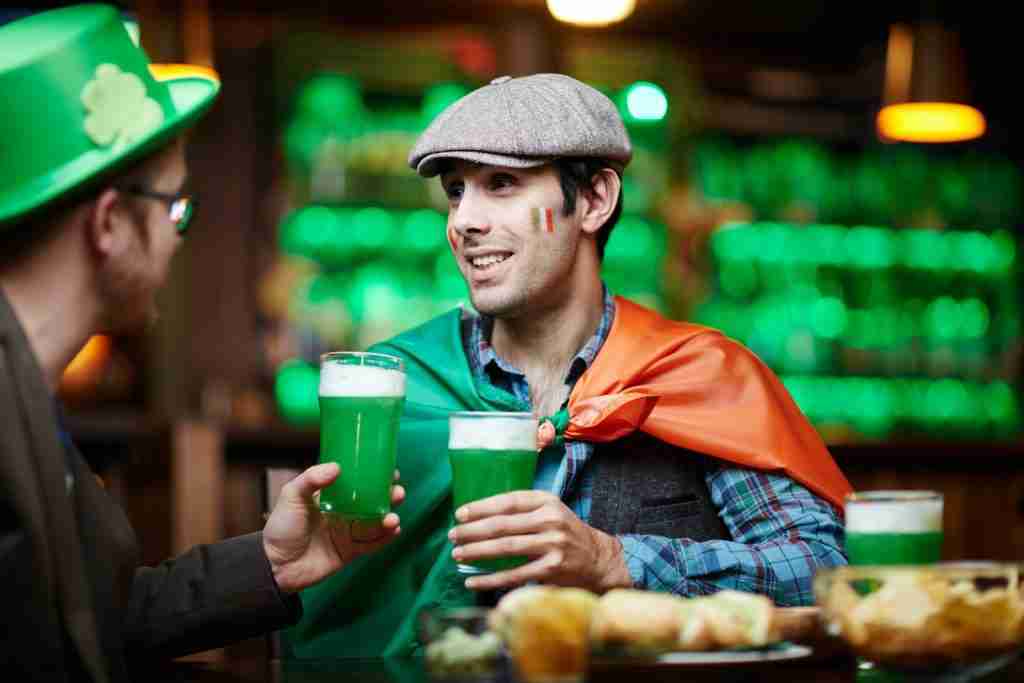
Pinching someone who isn’t wearing green on St. Patrick’s Day is said to bring good luck. This tradition encourages participation in the holiday.
Wearing green is an important part of St. Patrick’s Day. Be prepared for pinches from friends, family, and strangers if you are not wearing green.
22. What does wearing orange on St Patrick’s Day mean?
Wearing orange on St. Patrick’s Day has become a popular tradition in many parts of the world. The color orange is associated with the holiday because it is the symbol of Irish nationalism, deriving from the original flag of Ireland, which featured a central orange stripe.
It is thought to represent Protestantism as opposed to green, which symbolizes Catholicism.
23. St. Patrick’s Day is the busiest day of the year for Guinness, the famous Irish stout.
St. Patrick’s Day is celebrated on March 17th and is the busiest day of the year for Guinness. On this day, people all over the world celebrate their Irish heritage and honor Ireland’s patron saint with a festive atmosphere and high demand for traditional Irish drinks like Guinness.
This day is also one of the most profitable for the brewery, as it is widely recognized as the drink of choice for St. Patrick’s Day celebrations.

